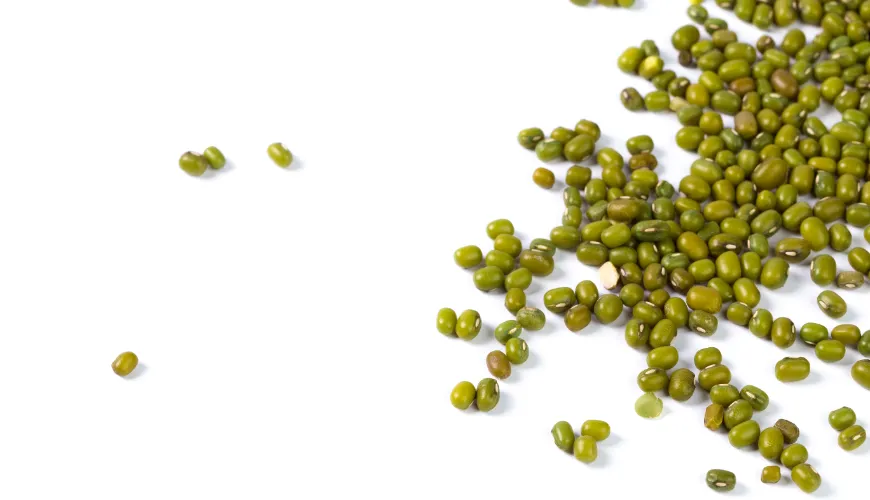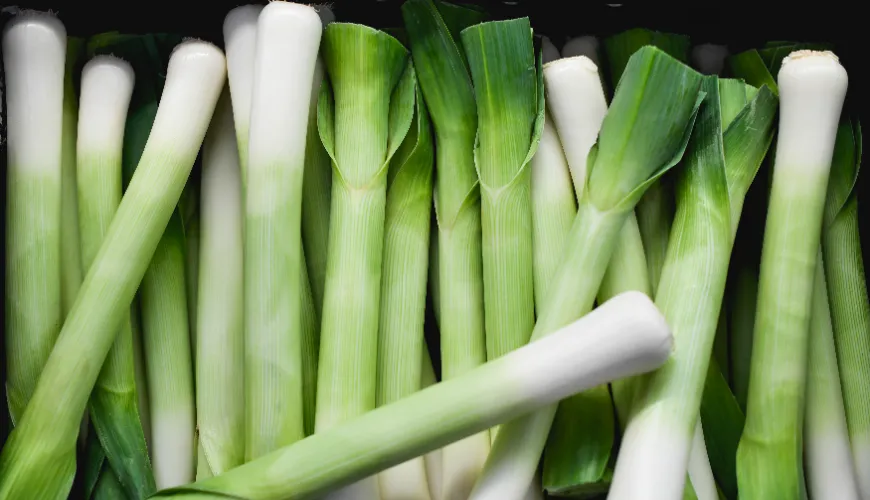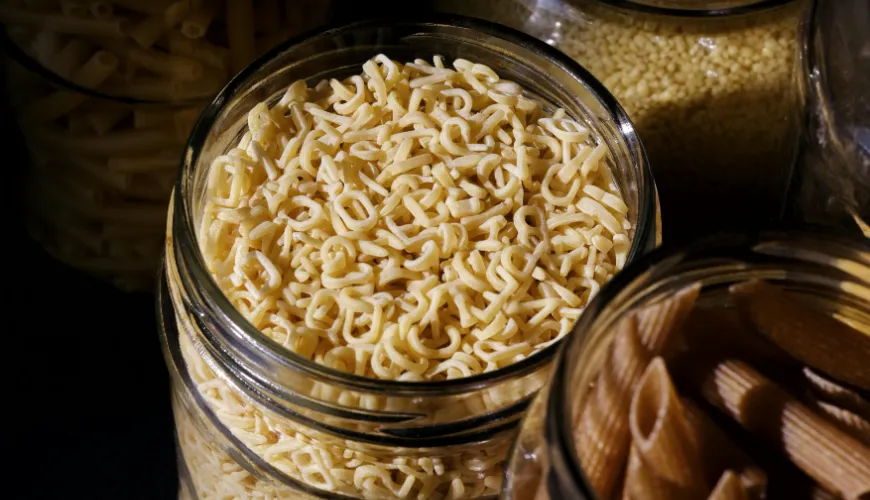
How to Incorporate Mung Beans into Your Diet

Mung beans are small green legumes that are gaining increasing popularity among health food enthusiasts and chefs around the world. These tiny beans are nutrient-rich, easy to prepare, and offer a wide range of health benefits. In this article, we will explore the nutritional values, health benefits, and various ways you can incorporate mung beans into your diet. Discover with us the secrets of these small but mighty legumes that definitely deserve a place in your kitchen.
What is Mung?
Mung, or mung beans (Vigna radiata), is a small green legume originating from Asia, likely India. It is an important food, especially in Indian and Chinese cuisine, valued for its high nutritional value and easy preparation. Mung beans are known for their mild flavor and pleasant texture, making them ideal for various culinary uses. They can be consumed as whole beans, sprouts, or ground into flour.
History of Mung Usage
The history of mung dates back thousands of years. The first mentions of its cultivation come from India and China, where it was an essential part of diet and medicine. In India, mung was cultivated over 4,000 years ago and played a key role in Ayurvedic medicine, particularly due to its healing properties. The Chinese used mung for detoxifying the body and as a means to strengthen overall health.
Gradually, mung beans spread to other parts of the world, including Europe, the Middle East, and Africa. Today, they are grown on a large scale in many tropical and subtropical regions, where they are highly popular due to their adaptability and high yield.
Interesting Facts about Mung
There are several interesting aspects that make mung beans unique. Mung is rich in proteins, fiber, vitamins (especially vitamin C and B vitamins), and minerals like iron, magnesium, and phosphorus. Due to these properties, it is ideal for vegetarians and vegans looking for a quality plant-based protein source. Mung is also one of the most popular types of beans for sprouting. Mung sprouts are rich in enzymes that aid digestion and improve nutrient absorption. Sprouting also significantly increases the content of vitamin C and other antioxidants. In traditional Chinese medicine, mung is used to cool the body, detoxify, and support digestion.
Mung is also exceptionally versatile when it comes to its culinary uses. For example, in Indian cuisine, it is often the base for various types of dal, which are thick soups or sauces. In China, mung sprouts are commonly used in salads, soups, and stir-fried dishes. With their mild flavor and crunchy texture, they add not only taste but also interesting structure to dishes. Mung is also used in noodle production, which is especially popular in Southeast Asia.
Why Eat Mung
Incorporating mung into your diet brings numerous benefits for human health. Mung is an excellent source of plant-based proteins, which is especially important for those who do not consume meat. Proteins are the basic building blocks of our muscles, tissues, and enzymes, and are therefore essential for the proper functioning of our body. With its high fiber content, it aids in proper digestion and prevents constipation. Fiber also supports gut microbiome health, which is crucial for overall immunity and well-being.
Consuming mung can help stabilize blood sugar levels, which is particularly beneficial for diabetics and those with insulin resistance. The low glycemic index of this legume prevents rapid blood sugar spikes. Traditional medicine uses mung for detoxifying the body and supporting liver function. Regular consumption of this bean can help eliminate toxins from the body and improve overall health. Mung is a low-calorie food that, thanks to its high fiber and protein content, keeps you full for a long time. This can be useful for weight reduction efforts as it reduces hunger and helps maintain energy at a stable level.
How to Incorporate Mung into Your Diet
There are many ways to incorporate mung into your diet. Mung sprouts are excellent in salads, sandwiches, or as a garnish for various dishes. You can easily sprout them at home to always have a fresh supply. Whole mung beans are excellent in soups and curries. Their mild flavor and creamy texture are perfect for various sauces and broths.
Cooked mung can be mashed and used as a base for various porridges and purees. Add spices to taste and create a healthy side dish or main course. Mung flour is ideal for baking gluten-free bread or as a thickener for sauces and soups. It has a mild nutty flavor that adds a new dimension to dishes. Add sprouts or cooked mung beans to your favorite smoothies to increase their nutritional value and add a creamy consistency.
More Tips for Preparing Mung
Further inspiration includes using mung in the form of pancakes, a traditional Indian dish known as "moong dal chilla." These pancakes are made from blended mung beans mixed with spices and fried on a pan. They make a great protein and fiber-rich breakfast or snack.
If you enjoy sweets, you can try a traditional Chinese dessert made from mung beans, called "mung bean soup." This sweet soup is made from cooked mung beans combined with sugar and coconut milk. It is a refreshing and healthy dessert, perfect for hot summer days.
Mung is truly a remarkable legume offering countless health benefits and culinary possibilities. With its rich nutritional profile and easy preparation, it should not be missing from any healthy diet. Whether you choose sprouts, whole beans, or mung flour, you can be sure you are doing the best for your health. Don't hesitate and discover the magic of mung today!

